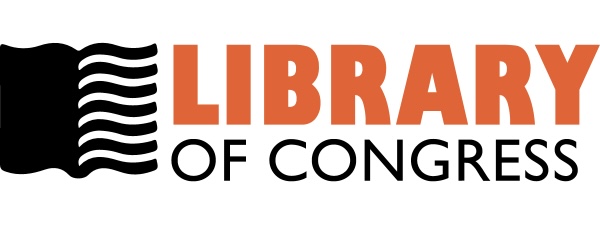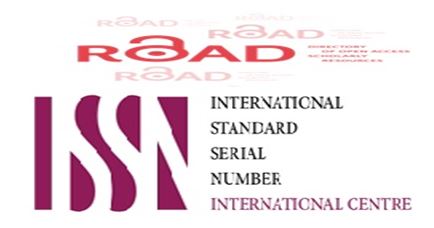Thrombocytopenia in Iraqi Pregnant Women.
DOI:
https://doi.org/10.32007/jfacmedbagdad.532864Keywords:
Thrombocytopenia, Platelets, Pregnancy.Abstract
Background: Thrombocytopenia is the second most common hematological abnormality in pregnancy following anemia. However, its incidence causes and outcomes received scarce attention, particularly in developing countries like Iraq.
Objective: This study was conducted to determine the incidence, causes and consequences of thrombocytopenia on both the mother and fetus.
Material and Methods: Platelet counts were performed on 600 pregnant women in their third trimester and on 200 age matched non pregnant healthy women, as well as 150 of the newborns of the former groups.
Results: The overall incidence of thrombocytopenia in pregnancy was 8.6%, with the gestational thrombocytopenia implicated in 76.9%,. Hypertensive disorders (pregnancy induced hypertension, preeclampsia) were the second most common causes of thrombocytopenia in the studied group. Other diagnoses such as HELLP syndrome and Disseminated Intravascular Coagulation (DIC) were infrequent. The 2.5th percentile significantly differed in pregnant women (117x109/L) than the control group (162 x109/L) with the histogram of platelets counts shifted to the left during pregnancy. Among pregnant women with mild thrombocytopenia (platelets count 100-149x109/L), 94% were gestational in origin with a decreasing proportion of the latter with increased severity of the thrombocytopenia. Except for one lady with DIC, all other pregnant ladies completed their pregnancy with no reported complications and none of the followed up neonates had thrombocytopenia.
Conclusion: Similar to worldwide studies gestational thrombocytopenia is the commonest cause for thrombocytopenia in pregnancy in Iraqi ladies and for healthy pregnant women, platelets count > 117 x 109 /L late in pregnancy does not require further investigations and could be considered as a safe threshold.
Downloads
Downloads
Published
Issue
Section
License
Permit others to copy and distribute the manuscript; to extract, revise, and create another derivative
works of or from the manuscript (e.g., a translation); to incorporate the manuscript into a
collective work; and to text or data mine the article, even for commercial purposes, provided that
the author(s) is/are credited; the article's modifications should not harm the author's honor or
reputation; and the article should not be altered in a way that would cause the author to lose them
reputation. The Creative Commons Attribution 4.0 International License (CC BY 4.0) has more
information.




















 Creative Commons Attribution 4.0 International license..
Creative Commons Attribution 4.0 International license..


